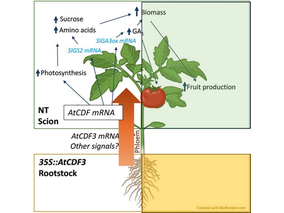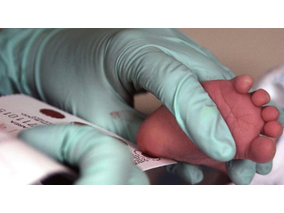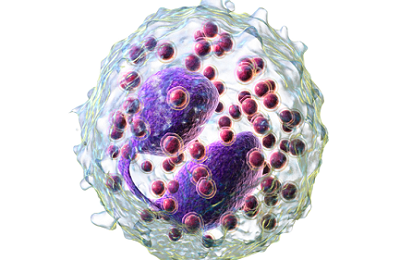Type 2 diabetes (T2D) is a complex disease caused by the interaction of genetic and environmental factors. It happens when pancreatic islets fail to produce enough insulin, or body target cells do not respond adequately to the hormone. In this regard, amyloid deposits, the same as with Alzheimer's disease, have been associated with T2D.
Now, Mind the Byte researchers, in collaboration with IDIBAPS and Hospital Clínic de Barcelona, have tested in vivo and in silico a new treatment to ameliorate pancreatic cell dysfunction and islet amyloid formation. The study is published today at FASEB Journal, one of the world's most cited biology journals.
The results show that chaperone 4-phenylbutyrate (PBA) counteracts impaired glucose homeostasis and restores glucose-stimulated insulin secretion. Strikingly, PBA not only prevents but even reverses islet amyloid deposition, pointing to a direct effect of PBA on the amyloid polypeptide hIAPP.
This interaction was also supported by bioinformatics analysis leaded by Melchor Sanchez-Martinez, Scientific Director at Mind the Byte. His calculations confirmed that PBA might bind not only to monomeric and dimeric structures, but also to pentameric fibrillar structures with even higher stability. Thus, the computational analyses revealed that PBA might act as a fibril-formation inhibitor by binding intermediate structures from monomers to fibrils with a growing complexity.
In short, this study highlights the therapeutic potential of PBA for the treatment of T2D by preventing the islets dysfunction and amyloid formation associated with this disease. PBA has already been approved by the U.S. Food and Drug Administration and has a long-term safety profile. Therefore, it provides important advantages with respect to other treatments.
Reference Article: Montane J, de Pablo S, Castaño C, Rodríguez-Comas J, Cadavez L, Obach M, Visa M, Alcarraz-Vizán G, Sanchez-Martinez M, Nonell-Canals A, Parrizas M, Servitja J-M, and Novials A. Amyloid-induced B-cell dysfunction and islet inflammation are ameliorated by 4-phenylbutyrate (PBA) treatment. FASEB J. 31, 000-000 (2017) [ePub ahead of print]

El equipo de investigadores observó cambios en el...

El gen AtCDF3 promueve una mayor producción de az...

Un estudio con datos de los últimos 35 años, ind...

En nuestro post hablamos sobre este interesante tipo de célula del si...

La revista ‘Nature Protocols’ selecciona esta técnica como “pro...
Portal de biotecnología en España
¡Suscríbase a nuestro newsletter para estar al día con las últimas noticias y ofertas!
2013 © Biotech-Spain.com - Site Developments SL. Todos los derechos reservados. Terminos y Condiciones | Política de Privacidad
Articles
Directory
